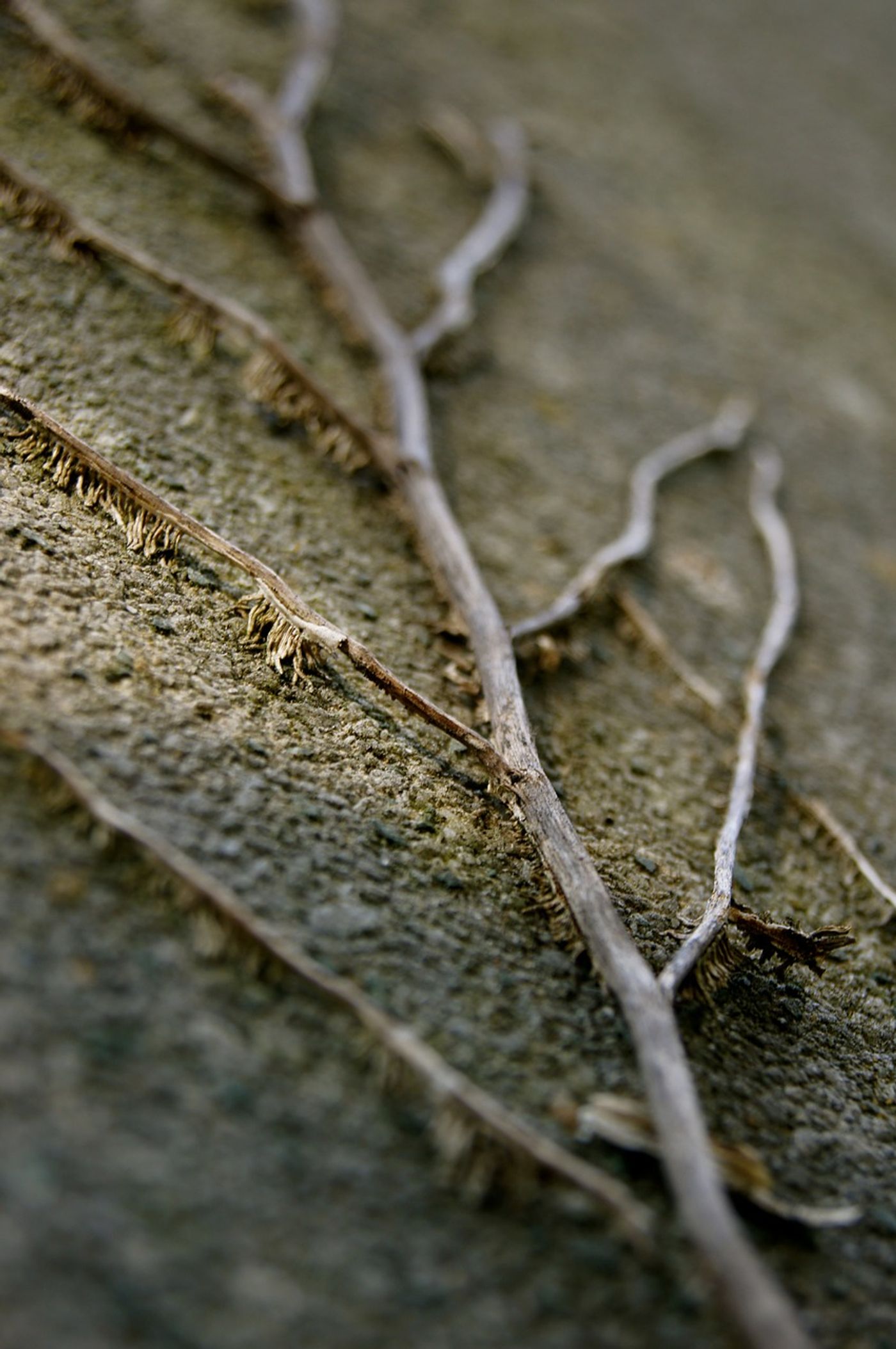Some Plants Kill Off a Portion of Their Roots to Survive the Cold
It’s common knowledge that cold climate can be detrimental to plants, but what isn’t so commonly known are the defense mechanisms that plants use to manage survival in bitter cold weather.
While some plants will shed their leaves to help reduce energy consumption during colder weather conditions, a new study published in the journal Cell reveals that some plants might even kill off portions of their own roots to help ensure their survival during colder climate conditions.
Image Credit: Weinstock/Pixabay
The study was a collaborative effort between National University of Singapore and Novosibirsk State University researchers and took a closer look at the effects of cold weather on thale cress plants, also known as Arabidopsis.
Because it has been known for a while that plant DNA can be damaged under cold climate conditions and inhibit growth, researchers were interested in learning more about how it might impact plant stem cells, and Arabidopsis, which had its genome fully sequenced back in 2000. Being that we understand the genome so well in this day and age, it made Arabidopsis a great launch platform for the study, as researchers needed to only look for changes after cold climate exposure.
“The study of plant roots has been largely neglected by agricultural researchers in crop improvement until recently. Examining roots is important as they serve as the major interface between a plant and its soil environment, and are responsible for water and nutrient uptake - both resources which are critical for a plant's survival,” study co-author Jian Xu explained.
Related: Plant parasites minic hormones to spread disease
After exposing it to controlled cold climate of around 39º Fahrenheit for a period of time, researchers took a closer look only to find out that it appeared to be voluntarily killing off small portions of its roots in order to conserve energy and resources for maintaining the rest of the root.
Worthy of note, the plant seems to preferentially kill of newly-generated roots more-so than aged roots, which means the plant is trying its best to keep the main structure alive. Worthy of note, this behavior also makes recovery easier when warmer climate starts back up again.
“The sacrificial mechanism improves the root's ability to withstand other low temperature-related stresses. When optimal temperatures are restored, the plant stem cells can divide at a faster rate, which will in turn enhance recovery and survival of the plant,” study lead author Dr Hong Jing Han said.
Better understanding how and why some plant species take on this behavior can help in developing methods to aid in the survival and yield of crops and other plants, and so it’s a given that more research is underway to learn more about this defense mechanism.
Source: Phys.org









